Travel Tips for Visiting Java Indonesia
What to see and do in Java:
“Visit Java for its scenery, natural wonders and cultural highlights. Skip the towns.”
Java has lots of beautiful natural scenery, including exotic volcanoes, steeply terraced rice fields, flat rice fields, wide sweeping beaches, national parks, forests, plantations and mountains.
Java is also rich with important ancient temples and traditional arts and culture, including beautiful batik fabrics, unique Javanese puppets, Javanese gamelan music, superb paintings, elaborately carved wooden statues and home interiors.
Java’s towns and cities, on the other hand, don’t offer much of interest. For the most part they are ugly, traffic-clogged, full of exhaust fumes, and have no architectural or cultural interest. Jakarta and Surabaya are particularly massive, over-populated cities. (I must admit though that Jakarta has amazing night clubs, if you’re into dancing.)
A few exceptions, in my opinion, include Bandung city with it’s grand colonial Dutch architecture; Solo (Surakarta) with its still still intact and currently-in-use royal palace, old walled city, gamelan court music and regal batiks; and Bogor (2nd most populous city in the world!) Jakarta’s colonial harbor area is also interesting.
Best natural places to visit:
Bromo Volcano, Kawah Ijen Volcano, Mt Semeru volcano if you’re a more hardcore mountain climber, Mt. Gunung near Bogor, tea & coffee & cacao plantations, Bogor botanical gardens. I hear great things about the Karimunjawa Islands, off the north coast of central Java.
Best cultural attractions:
Borobudur Temple, Prambanan Temple, Jakarta’s colonial harbor area. Batik, Gamelan music (particularly in Solo), Javanese puppets (particularly in Bandung).
Transportation – Getting Around Java:
Java has a very extensive, well-connected and varied public transportation system. In addition to hundreds of long distance buses, there are also angkots and lims (mini-van buses) becaks (bicycle trishaws) dokar (pony and carts) ojeks (motorbike taxis) in most towns and rural areas. Wherever you are in Java, several different types of public transportation are available.
If you only want to access major towns, cities and tourist attractions, public transportation will probably be quite adequate for you. It’s also fine for getting around in major cities.
A few things to keep in mind about public buses:
Non- air conditioned buses
Javanese men love to smoke! And they smoke right inside the buses. Be prepared to sit in wafting clouds of cigarette smoke. The windows are always kept open, as are the doors, so the smoke isn’t actually stagnant inside. It’s wafting out the windows, thankfully. But if you’re sensitive to smoke, it’s still enough to make you uncomfortable.
Air conditioned buses
…have permanently closed windows. Amazingly, this has lead to a non-smoking policy on a/c buses. Yippie, you can ride smoke-free. However, these only run between major cities / major bus stations. They’re not very common in more rural areas, so you might be stuck without an a/c option. Java’s a/c buses are not very cold- nothing like the super refrigerated Thai and Malaysian buses.
Buskers and sellers
On Java’s public buses, local sales people constantly get on/off pedalling their wares. Most common are drinks and snacks, but they also sell face masks (anti pollution), pen sets, coloring books, housewares.. just about anything.
In addition, music buskers regularly board the buses, play a few songs, collect donations and hop off. Just toss in a few coins or small notes, unless you want to run up a huge tab on ‘forced entertainment’.
Long distances
Java is a fairly large island, which is particularly long east to west. It’s about 40 hours by transport from one end to the other. Sample road times:
Jakarta to Yogyakarta: 14-16 hours
Yogyakarta to Bromo: 10-12 hours
Banyuwangi ferry terminal (to/from Bali) to Bromo: 7-8 hours
Banyuwangi ferry terminal (to/from Bali) to Yogyakarta: 14-16 hours
If you want to visit remote parks, beaches, etc get your own transportation
Public transportation between major cities, towns and tourist attractions is very extensive, frequent and easy to use. However, public transport to remote, less-touristed places is very complicated and time-consuming, if not non-existent.
The problem is that you’ll have to take 2-3 or more buses, angkots, ojeks to reach your destination. Switching between each chews up a lot of time and you’ll constantly be hauling your luggage off and on different transport. Hassle!
It usually ends up costing a lot of money, too, even if you get the local prices (not likely unless you speak Indonesian) Local buses and angkots stop A LOT along their route to pick up/drop off passengers and potentially cargo as well. the whole ordeal just takes an awfully long time.
Trains and Airplanes
You’re not limited to bus travel in Java. Many major destinations are also accessed by trains and flights. Trains tend to end up running way behind schedule by the time they reach their destination, which generally makes them take even longer than buses.
Domestic flights are pretty inexpensive. So if you can afford them, flights could cut off a lot of travel time between longer distances in Java.
Food:
Eat at local shops!
As I mentioned in First Impressions of Java and Summary of My Trip Around East Java, Java has really delicious food in its local eateries. Infinitely better food than what’s served at mid-range hotels at prices 2-5 times the real local prices. Adventure out to Java’s real restaurants and feast for a fraction of the price of tourist and hotel restaurants. They are usually extremely clean and use quite fresh ingredients.
On my recent trip around Java, I generally paid 5000-10,000 rp per meal, with 8000 the most common price. ($0.50- 1.00 US)
Accommodation:
Java offers all range of accommodation options from cheap budget rooms to luxury 5-star and everything in between.
Budget
Budget accommodation prices vary considerably around Java. Prices depend mainly on the location. Basic hotel rooms in 2012 cost 40,000 rp –100,000 rp, with 80,000 rp being the most common price. You’ll get a clean basic room, usually with en-suite bathroom, which is likely to have an Indonesian style bathing tub. (scoop water out of a deep basin and splash it over your body)
Budget hotels tend to be right beside major city roads and highways, so they suffer from very loud traffic noise. Indonesian travelers often stay in these places and they tend to talk loudly and travel in groups, families or couples.
Mid-range
If you can afford mid-range accommodation, you can greatly improve your surroundings and overall experience in Java. Such hotels have some charm, atmosphere, gardens and nice sitting spaces. Some have swimming pools. Even better, they tend to be set away from major roads. Overall, they’re a much quieter and peaceful experience.
In 2012, the price range of 150,000 250,000 – 300,000 – 500,000 rp ($16-$53 US) will get you a nice room in a hotel with character that is well off the main roads, has gardens, sitting areas, ambiance and perhaps a pool.
—————————————————————————————————————————–
QUESTIONS:
Have you travelled through Java?
If so, do you have any other travel tips to add?







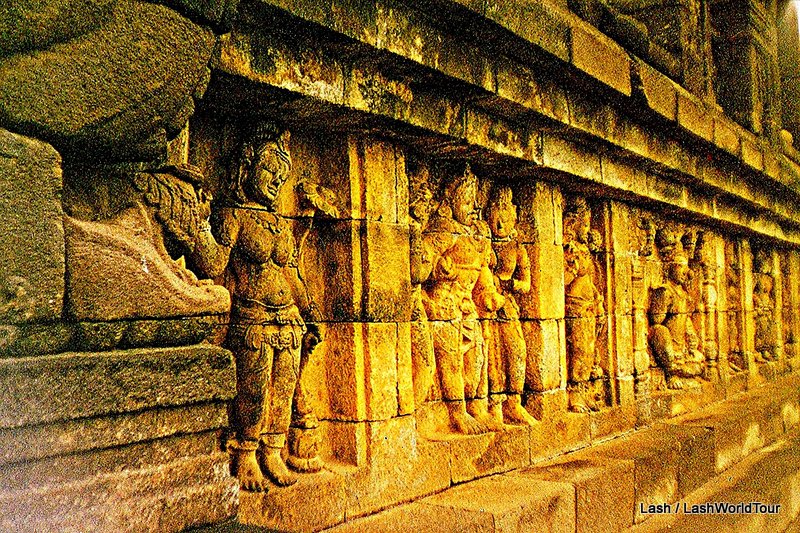
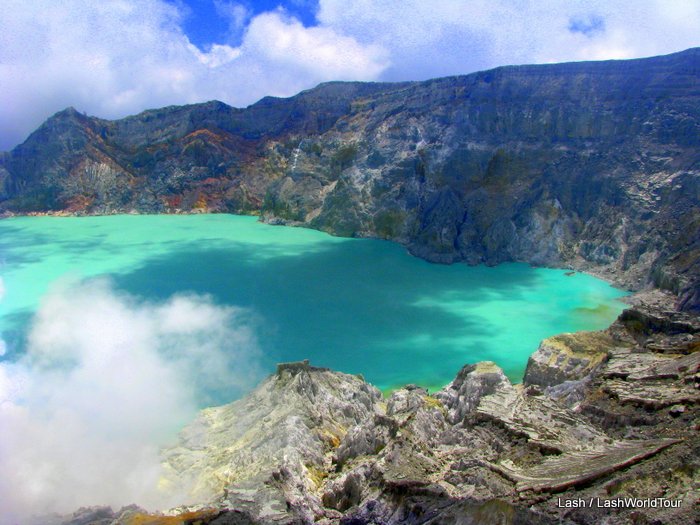
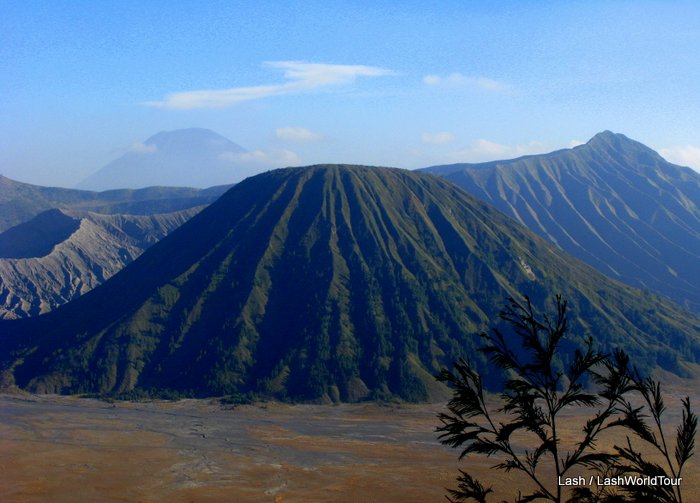
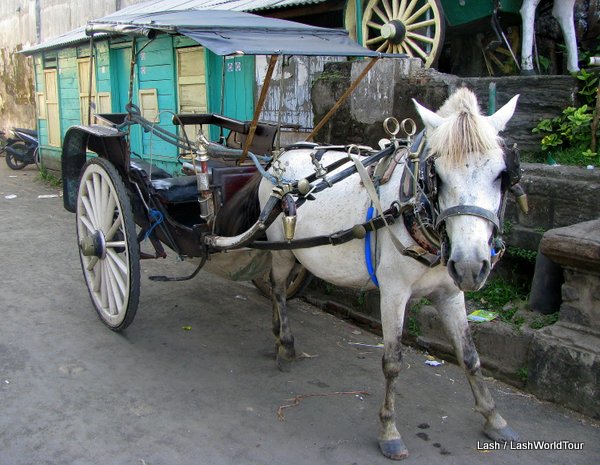
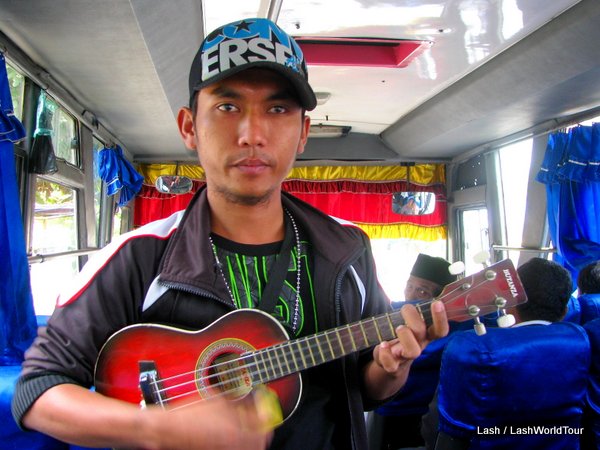
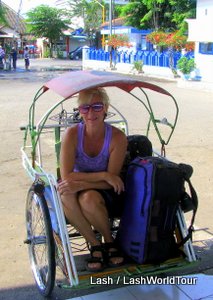
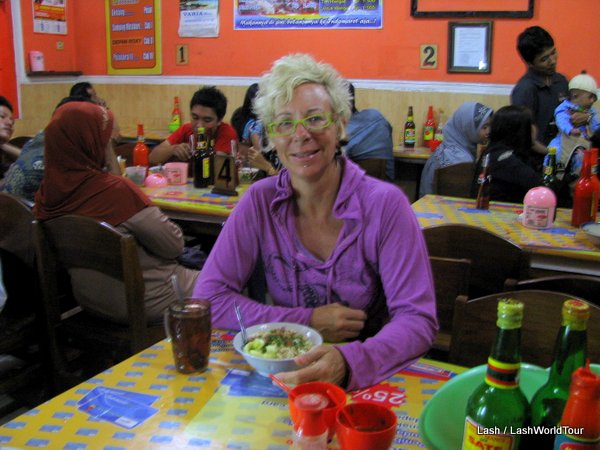
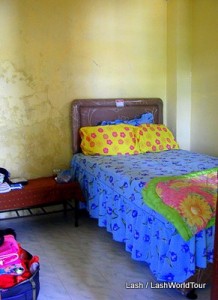
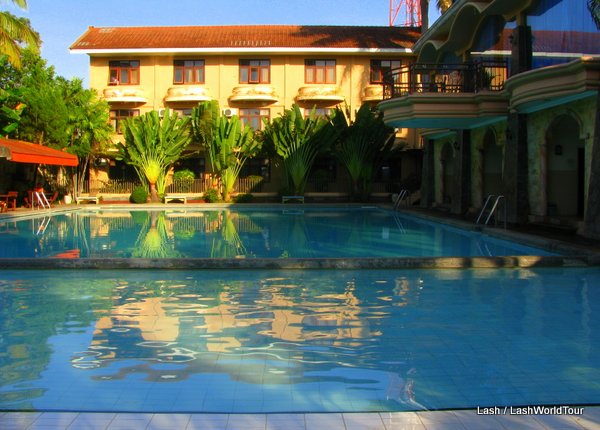





 Hi! I'm Lash, an American nomadic world traveler who's been traveling solo since 1998. I’m passionate about traveling the world nomadically and then sharing it all with you. I hope to inspire you to travel the world, to entertain you with tales from the road, and to help you reach your travel dreams. Welcome!
Hi! I'm Lash, an American nomadic world traveler who's been traveling solo since 1998. I’m passionate about traveling the world nomadically and then sharing it all with you. I hope to inspire you to travel the world, to entertain you with tales from the road, and to help you reach your travel dreams. Welcome! 




1 pings
Guide to Indonesian Visa Options » LashWorldTour
2013/09/18 at 6:00 pm (UTC 8) Link to this comment
[…] Travel Tips for Visiting Java […]